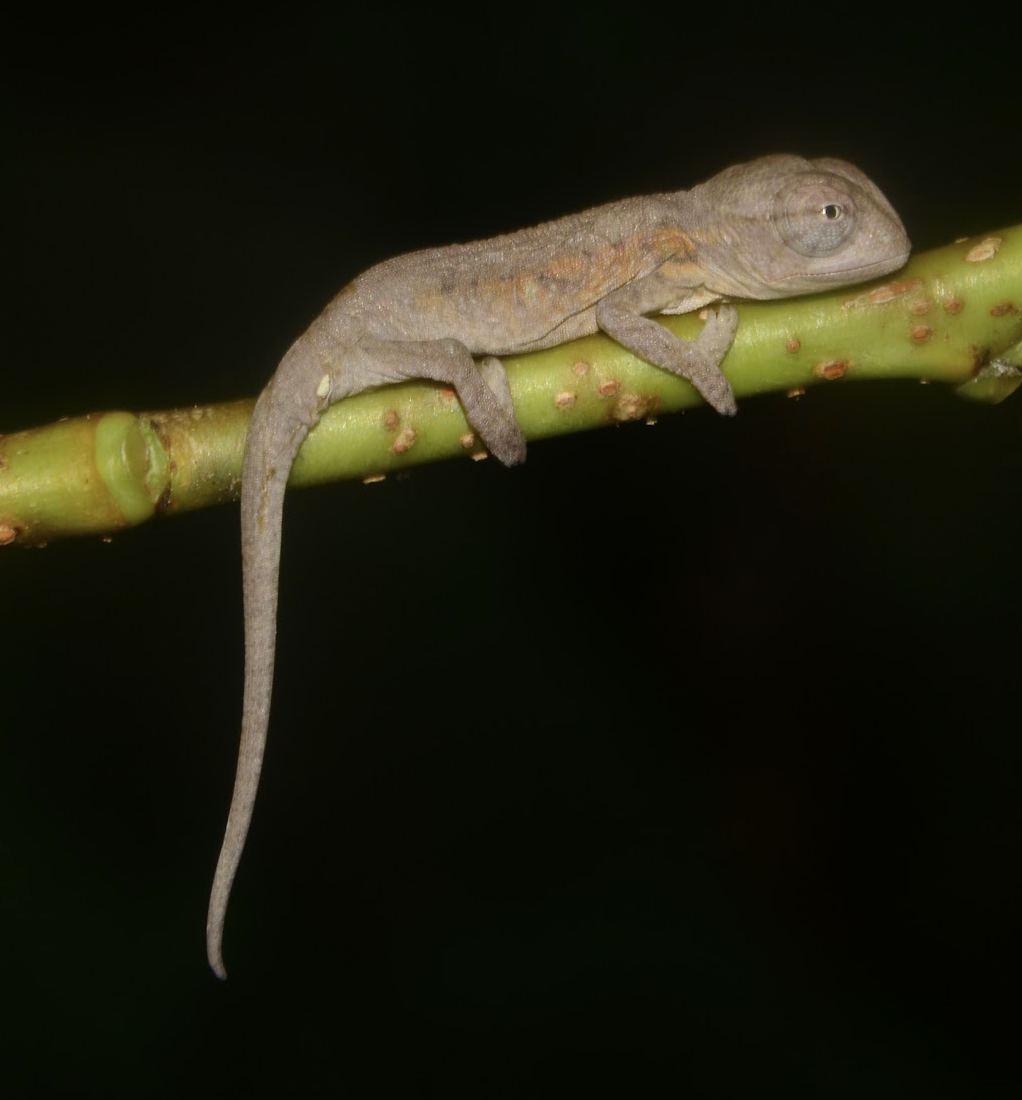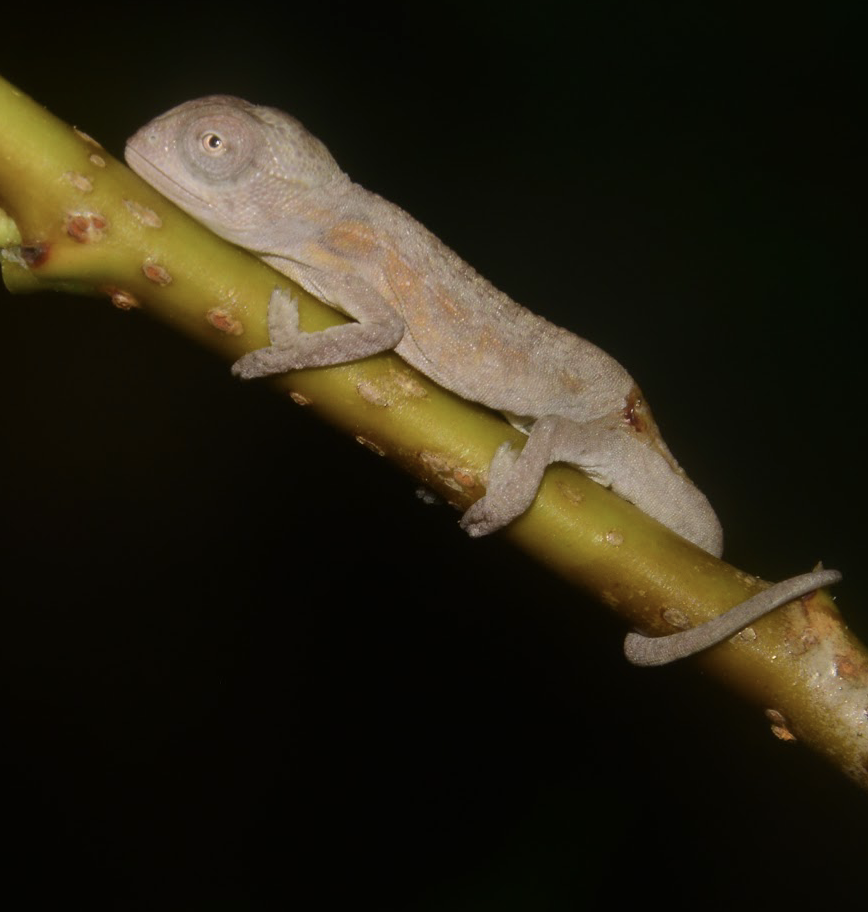Chromatic Beginnings: Early Color Variation in Furcifer lateralis Hatchlings
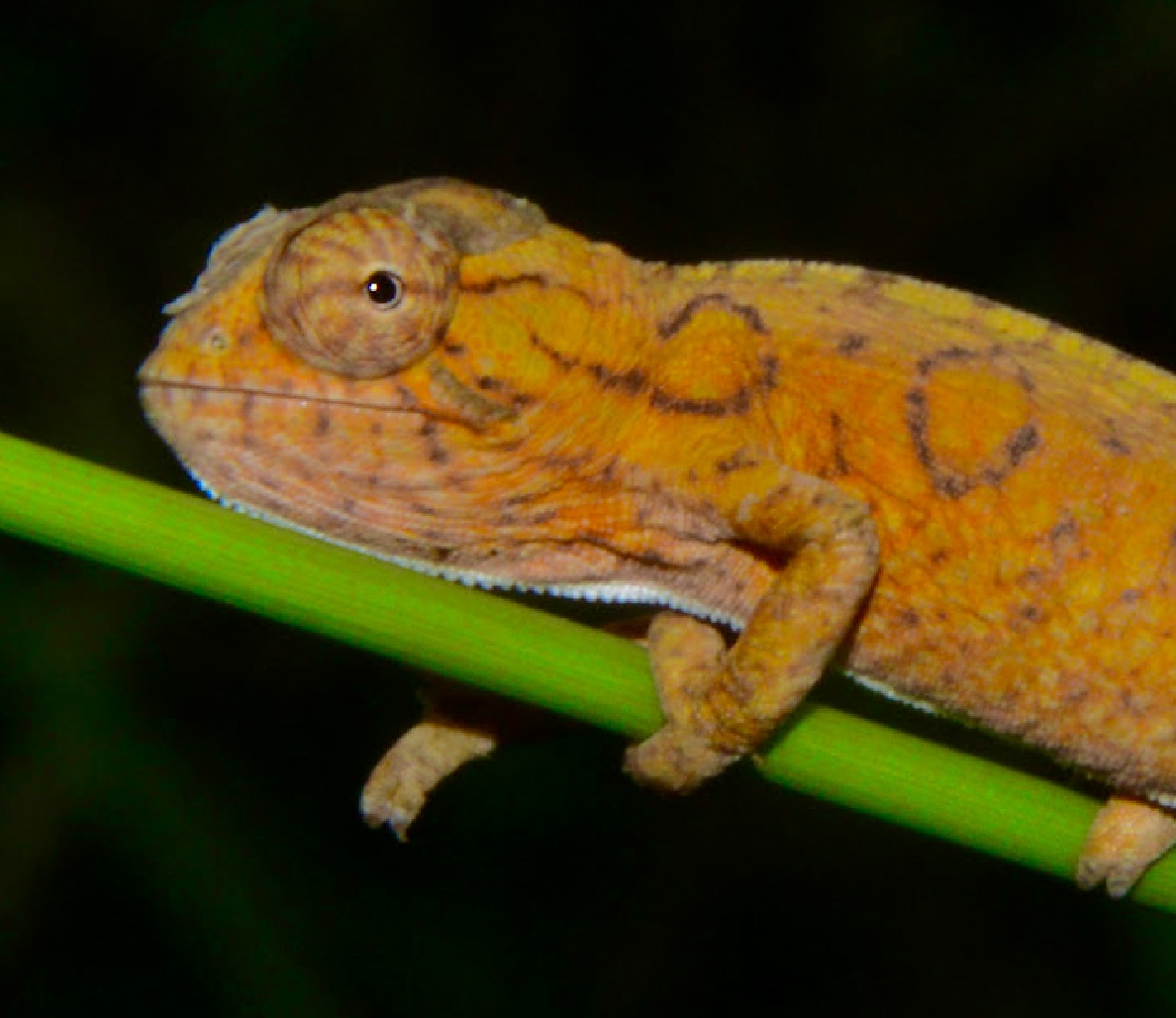
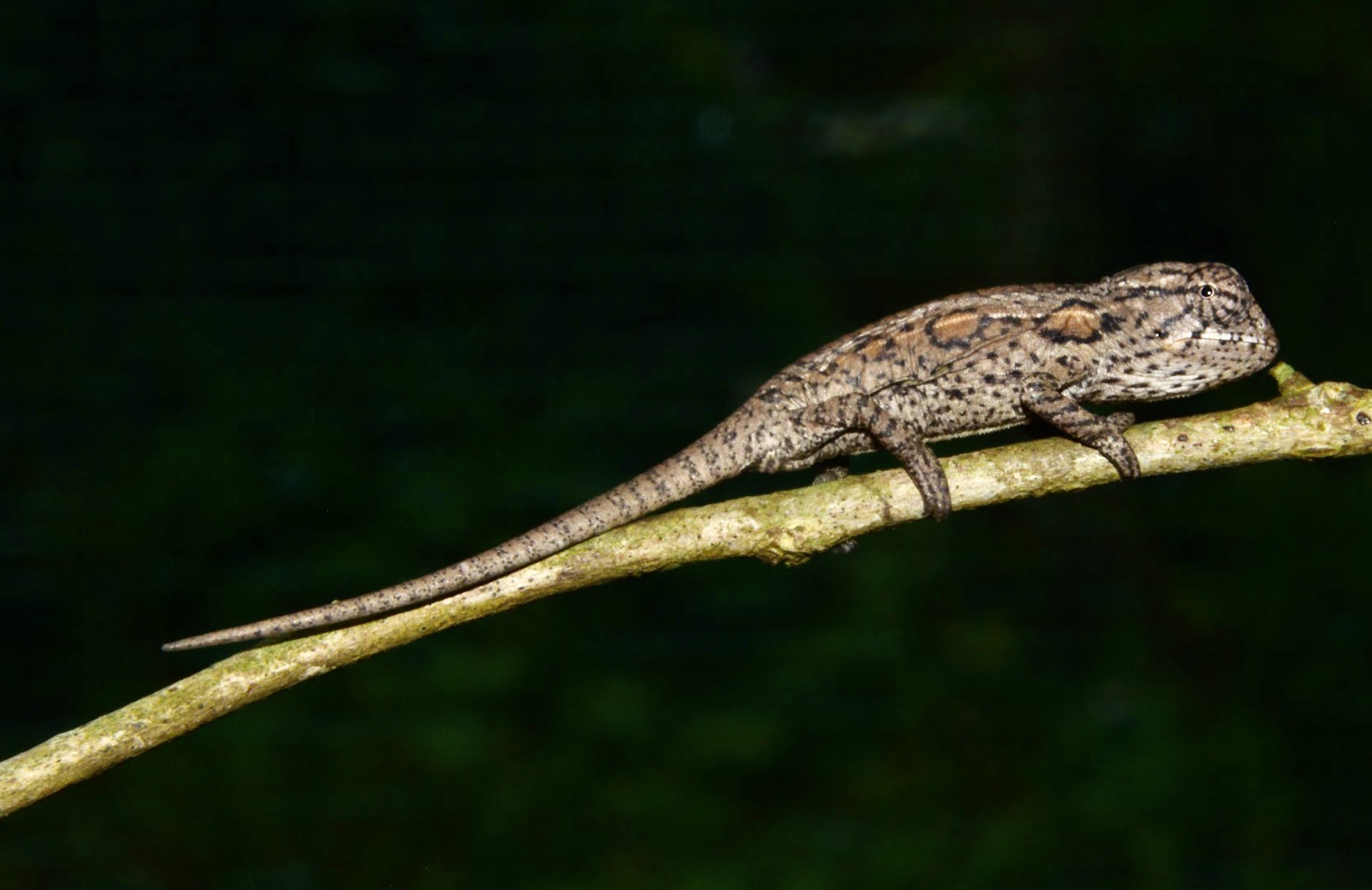
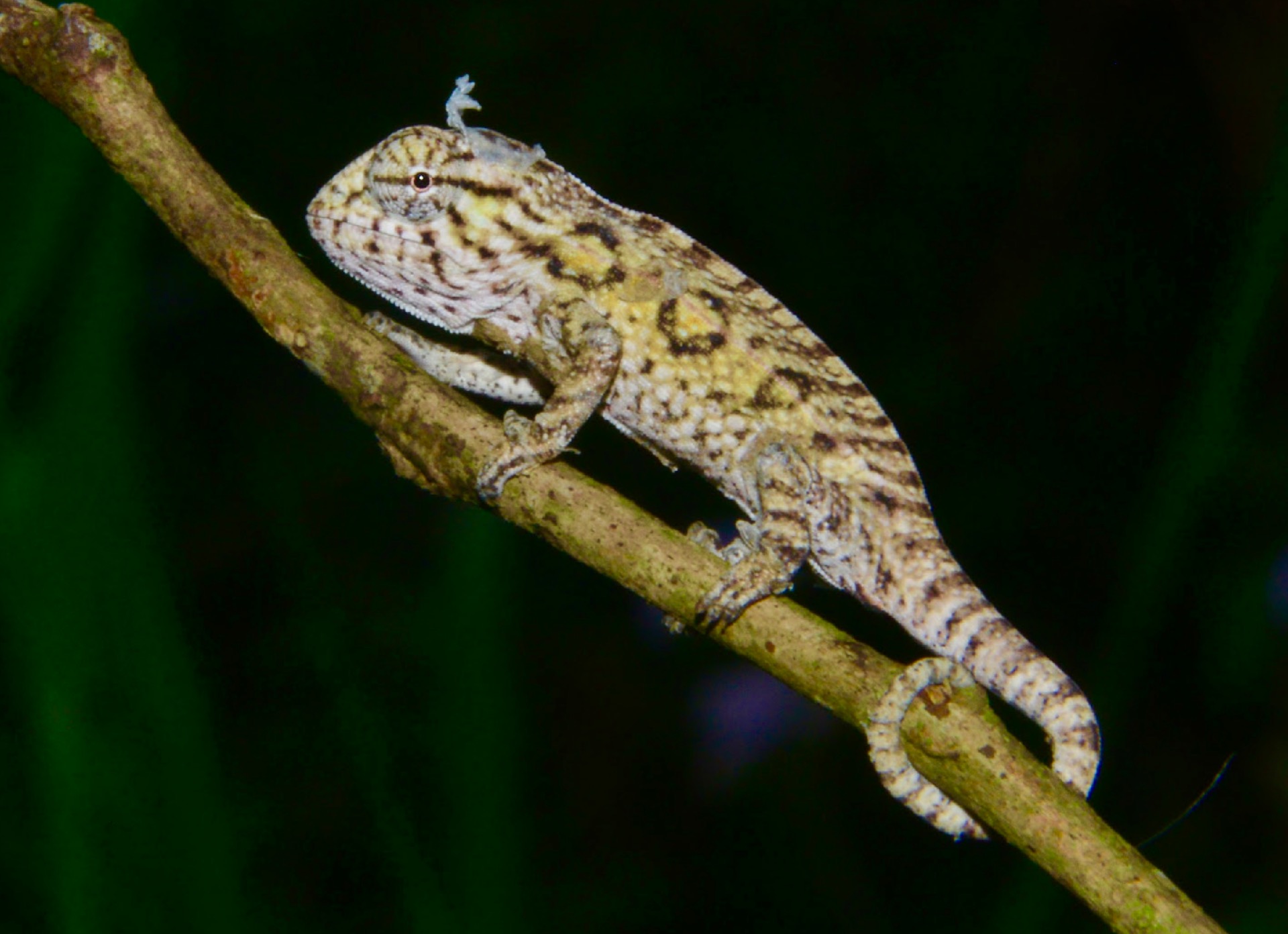
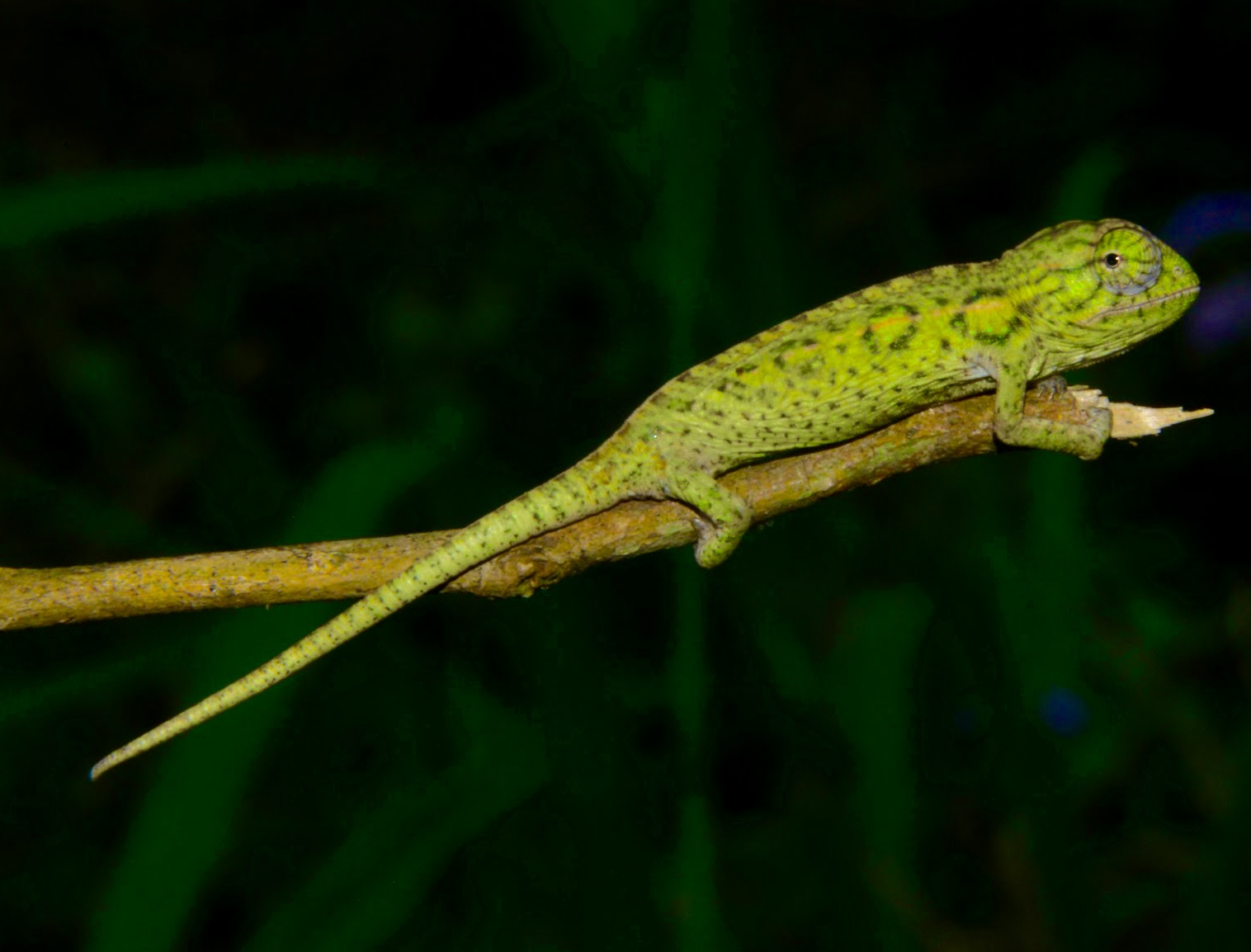
Above: juveniles of 4-6 weeks of age
Furcifer lateralis, commonly known as the carpet chameleon, exhibits a fascinating reproductive cycle that reflects its remarkable adaptability. Females typically lay clutches of 6–16 eggs in shallow soil burrows following copulation. Incubation duration ranges from 6 to 9 months depending on temperature and humidity, with higher temperatures generally shortening development time.
Hatchlings emerge at just a few centimeters long, displaying cryptic or muted coloration initially. However, by 4–6 weeks post-hatch, juveniles begin to develop striking and highly variable patterns. These can include greens, yellows, oranges, and even blues in some individuals, often in speckled or banded arrangements. This polymorphism is not strictly sex-linked and can vary widely even among siblings. The color shift is not just cosmetic—it may coincide with hormonal changes, growth phases, and environmental interactions.
Such early ontogenetic variation makes Furcifer lateralis particularly intriguing for studies on color morph development, signaling, and habitat matching.
Below: hatchlings 1-2 days old
